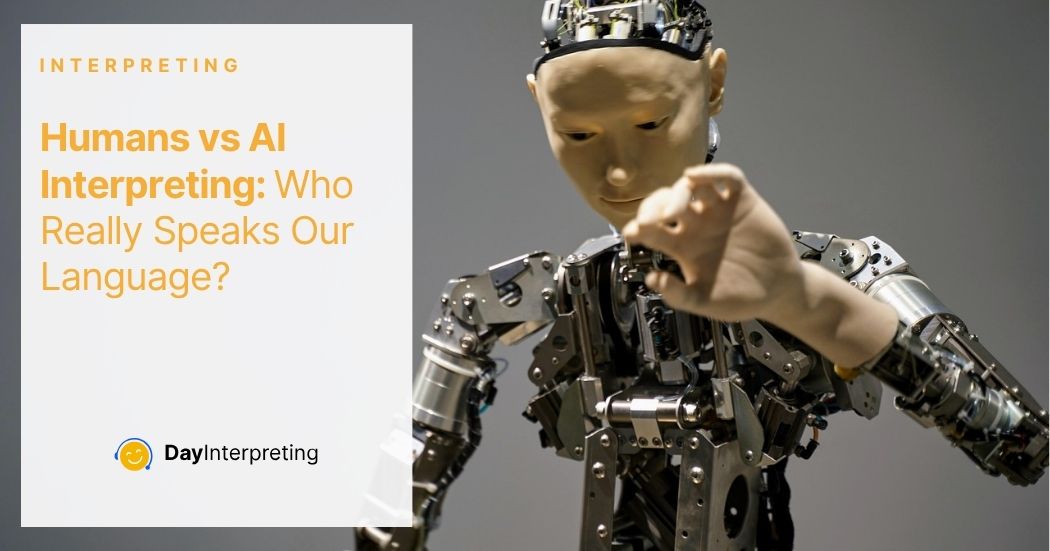From Siri and Alexa to Google Translate and AI dubbing, it’s never been easier to sort of understand someone who doesn’t speak your language. And while AI interpreting and translation is impressive, it raises a big question: Can machines truly replace human interpreters?
The short answer? Not yet. The long answer? Grab your headset; we’re diving in.
What AI Gets Right (and Wrong)
AI-powered translation tools have made massive strides. They’re fast, accessible, and often surprisingly accurate for casual or straightforward conversations.
What They’re Great At:
- Translating structured text (like menus, manuals, or signs)
- Handling basic greetings and directions
- Processing huge volumes of multilingual data in seconds
But there’s a catch.
What They Struggle With:
- Contextual nuance: Words with multiple meanings trip them up
- Emotion and tone: “I’m fine.” (AI says: all good. Human interpreter: That sounded very not fine.)
- Cultural references: AI won’t catch the joke, the sarcasm, or the awkward silence
- Code-switching and slang: Especially across dialects and informal speech
- Ethical judgment: Machines don’t know when to soften, clarify, or pause with sensitivity
The Human Interpreter Advantage
Human interpreters aren’t just fluent in languages; they’re fluent in people. They adapt in real time to tone, facial expressions, audience, urgency, and culture.
A good interpreter:
- Reads body language
- Adjusts for cultural sensitivities
- Makes real-time decisions based on what’s meant, not just what’s said
- Navigates fast shifts in emotion or content (think: a joke one second, a serious medical question the next)
Interpreting Is About More Than Words
Imagine this:
A doctor says to a nervous patient, “We’ll need to run more tests.”
AI: translates the sentence.
A human interpreter notices the patient’s fear, softens the delivery, pauses for questions, and reassures them, without changing the message.
That’s what real interpreting looks like. It’s human.
AI + Interpreters: Better Together?
Instead of seeing AI as a rival, many professionals see it as a tool. Smart interpreters use AI to:
- Prep for specialized assignments (like legal or medical terms)
- Speed up translation of written support material
- Save time on admin and documentation
The future isn’t AI or interpreters; it’s AI with interpreters leading the way.
When It Really Matters: The Human Touch Wins
In high-stakes settings, like refugee interviews, hospital diagnoses, legal trials, or conflict resolution, there’s no substitute for human empathy, ethics, and intuition.
One wrong word could change a legal outcome, a business deal, or a life-saving treatment plan. Interpreters don’t just translate—they advocate, adapt, and connect people across complex, emotional terrain.
That’s not just tech. That’s talent.
Conclusion: Fluent in Humanity
AI is incredible. It’s getting smarter, faster, and more useful every day. But it doesn’t understand fear, humour, irony, or love. It doesn’t pause when someone cries, or find the right word when one doesn’t quite exist in the target language.
Human interpreters do.
And that’s why, even in a world full of robots and voice assistants, there’s still nothing like a skilled interpreter, someone who doesn’t just speak your language, but gets you.
And no machine can replace that.





0 Comments